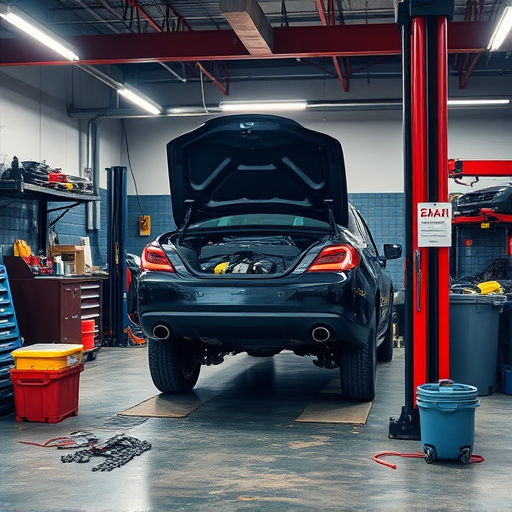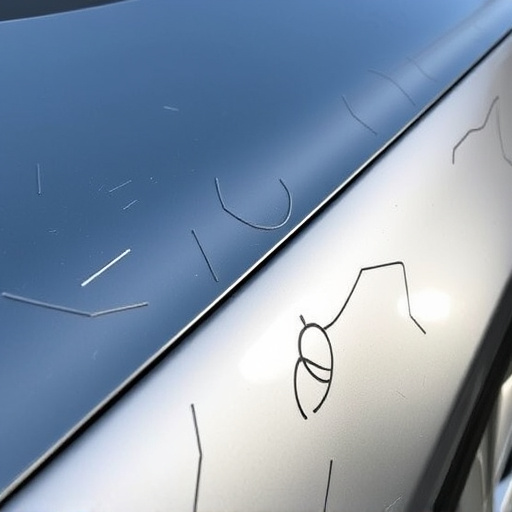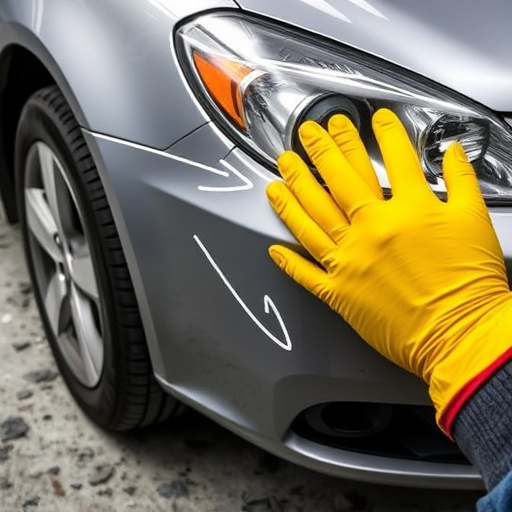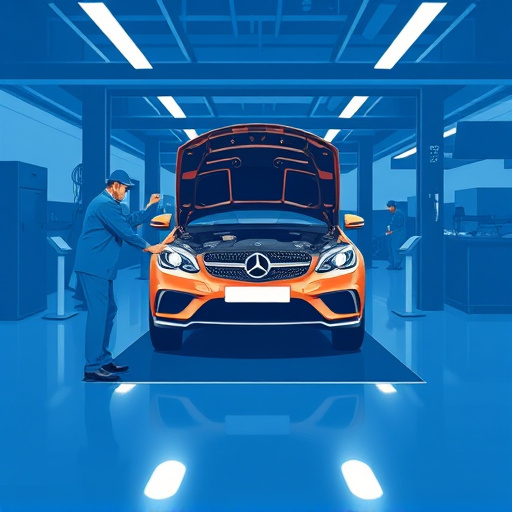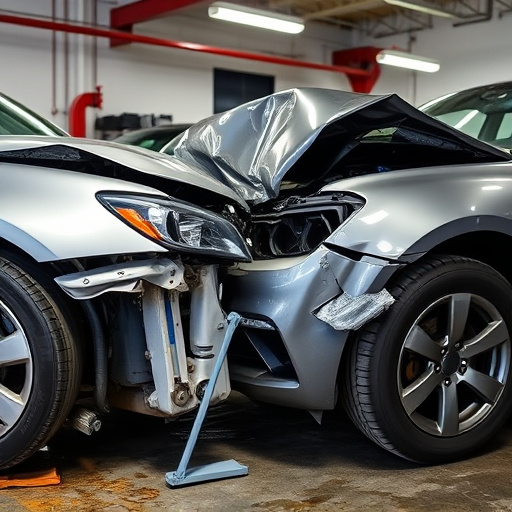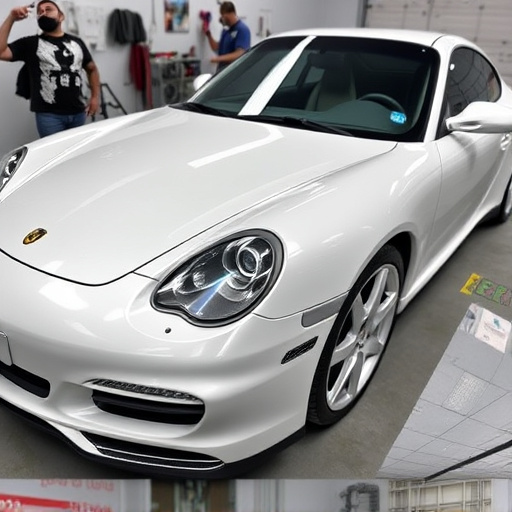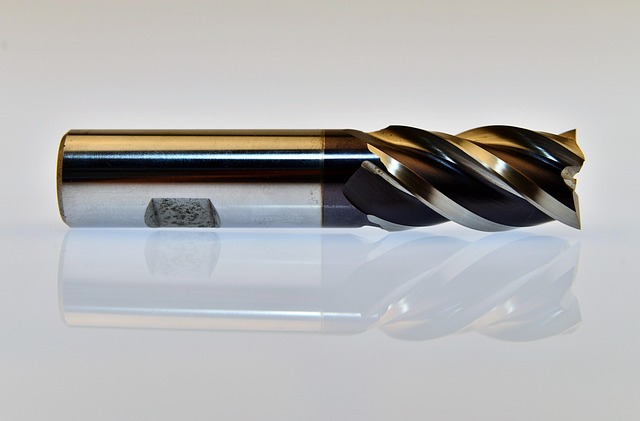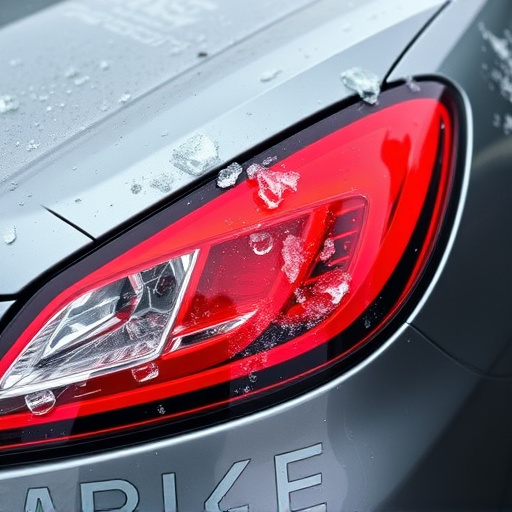The dynamic automotive sector demands innovative paint solutions to meet modern material complexities and consumer expectations. Traditional methods are inadequate for advanced designs, leading to a focus on faster, efficient, and eco-friendly processes. Key goals include enhanced durability, scratch resistance, and vibrant finishes, while addressing EV-specific challenges. Automation, AI, and novel resin systems revolutionize manufacturing efficiency and finish quality. Evolving market trends push for superior finishes, quicker repairs, and minimal environmental impact, transforming traditional auto bodywork into customer-centric services. Advances in materials science offer better rust and chipping protection with reduced VOCs. Environmental sustainability is central, with manufacturers exploring water-based formulas and green technologies to reduce emissions and waste during production and application, aligning with modern eco-conscious consumer preferences.
The automotive industry is undergoing a significant transformation, driven by evolving consumer expectations, stringent environmental regulations, and rapid technological advancements. At the forefront of this revolution is the emerging automotive paint technology, which promises not just aesthetic improvements but also enhanced durability, sustainability, and functionality. This article delves into the key elements shaping these new standards, exploring advanced coatings, nano-technology, smart paints, and their global implications for the future of automotive aesthetics and efficiency.
- Evolving Needs of Automotive Paint Technology
- – Shifting consumer expectations and market trends
- – Environmental regulations and sustainable practices
Evolving Needs of Automotive Paint Technology

The evolving automotive landscape demands constant innovation in paint technology to meet modern standards and consumer expectations. As vehicles become increasingly complex with advanced materials and designs, traditional painting methods are being challenged. The need for faster, more efficient, and environmentally friendly paint processes is at an all-time high.
Automotive paint technology must now cater to a range of requirements, from improving durability and scratch resistance to achieving vibrant, long-lasting finishes. Additionally, the rise of electric vehicles (EVs) presents unique challenges, such as managing paint adhesion on different battery components and ensuring optimal performance in harsh weather conditions. The integration of advanced technologies like automation, AI, and new resin systems is pivotal in addressing these evolving needs, revolutionizing not only the manufacturing process but also enhancing the overall quality of finishes, including those in car restoration and auto detailing procedures.
– Shifting consumer expectations and market trends

In today’s digital era, shifting consumer expectations and market trends are reshaping the automotive paint technology landscape. Customers now demand higher quality finishes, faster repair times, and eco-friendly solutions that minimize environmental impact. This evolution in preferences has auto bodywork experts and manufacturers scrambling to innovate. The traditional auto body services model, once focused on purely functional repairs, is transforming into a more sophisticated and customer-centric experience.
As a result, emerging automotive paint technology standards prioritize not only durability and aesthetics but also sustainability and efficiency. Advances in materials science have led to the development of novel paints that offer enhanced protection against rust and chipping while reducing the amount of volatile organic compounds (VOCs) released into the atmosphere. These trends signal a significant shift away from traditional painting methods, driving the need for specialized training and equipment in automotive collision repair facilities to keep pace with the industry’s rapid advancements.
– Environmental regulations and sustainable practices
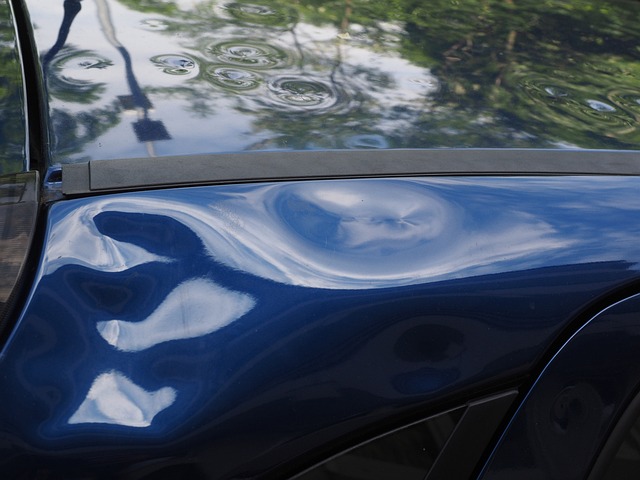
In the realm of automotive paint technology, environmental considerations have become paramount. Stricter regulations and a growing emphasis on sustainability are driving innovation in the industry. Manufacturers are now focused on developing paints that minimize harmful emissions during production and application, aligning with global efforts to combat climate change. This shift has led to the exploration of eco-friendly raw materials, water-based formulations, and advanced coating technologies that offer superior durability while reducing environmental impact. By adopting these sustainable practices, automotive manufacturers can meet stringent environmental standards without compromising on the quality and aesthetics of their vehicles.
Moreover, as the automotive sector continues to evolve, the integration of green technologies in vehicle dent repair, car collision repair, and car repair services becomes increasingly crucial. These advancements not only cater to the growing demand for eco-conscious solutions but also contribute to the overall sustainability of the industry. With a focus on minimizing waste, reducing energy consumption, and utilizing recyclable materials, automotive paint technology is undergoing a metamorphosis that resonates with modern consumers’ values and expectations.
As we look towards the future, the key elements of emerging automotive paint technology standards are clear. Consumer demands for durable, eco-friendly finishes, coupled with stringent environmental regulations, drive innovation. Advanced materials, digital application techniques, and sustainable practices are revolutionizing the industry, ensuring a greener, more efficient painting process without compromising quality or performance. These developments in automotive paint technology not only cater to current trends but also set the stage for a more sustainable and resilient future for the automotive sector.
